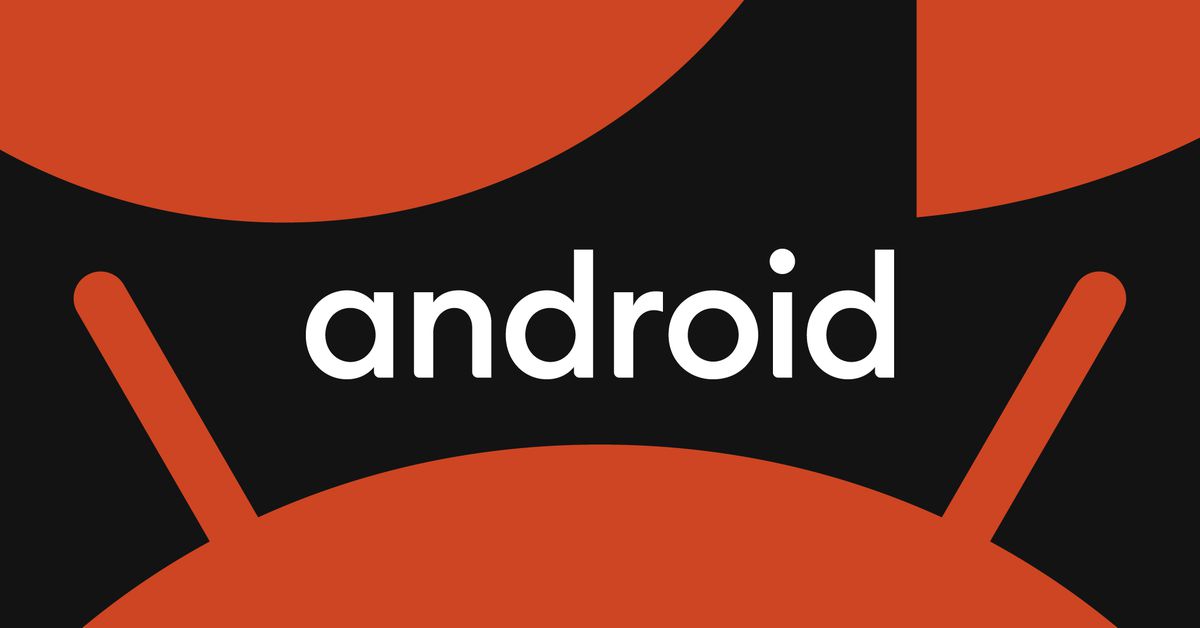Understanding the Recent Limitations on Windows Phone Link and the Implications for User Privacy
In a significant move that has stirred the tech community, Microsoft has announced new limitations on its Phone Link feature for Android 15. This decision has raised pressing concerns over notification privacy, particularly as the feature is designed to enhance cross-platform communication. As users embrace the convenience of connecting their mobile devices to their PCs, the management of sensitive notifications has become a crucial topic of discussion. In this article, we delve into the implications of these limitations, exploring how they affect user privacy and the broader landscape of mobile communication.
The Phone Link Feature: A Brief Overview
Phone Link, previously known as “Your Phone,” has been a hallmark of Microsoft’s effort to create a seamless experience between Windows PCs and Android devices. The feature allows users to access notifications, messages, photos, and even make calls directly from their Windows computers. As smartphones become integral to daily life, the ability to integrate these devices into a unified workspace has proven beneficial for productivity.
Recent Changes and Their Impact
With the rollout of Android 15, Microsoft has imposed new limitations on how notifications are handled through Phone Link. These changes are designed to enhance user control over their data and privacy, but they also introduce complexities in cross-platform communication. Here’s a closer look at what these changes entail:
- Selective Notification Access: Users now have more granular control over which notifications are displayed on their PCs. This means that sensitive information, such as banking alerts or personal messages, can be excluded from view.
- Increased User Permissions: The latest update requires users to grant explicit permissions for certain types of notifications to be shared. This shift places the onus on users to manage their privacy actively.
- Enhanced Security Protocols: Microsoft has implemented stricter security measures to protect user data during transmission between devices, ensuring that notifications are encrypted and secure.
Privacy Concerns: The Double-Edged Sword of Connectivity
The introduction of these limitations has sparked a debate regarding user privacy versus the convenience of connectivity. While the enhancements aim to protect sensitive information, they also highlight the inherent risks associated with cross-platform integrations. Here are some critical aspects to consider:
1. User Awareness and Control
One of the most significant concerns surrounding notification privacy is user awareness. Many users may not fully understand the implications of sharing notifications between their devices. With the new permissions model, users must actively manage their settings, which may be daunting for those less tech-savvy. This raises the question: are users adequately informed about what they are sharing and how to control it?
2. The Risk of Over-Notification
As users become accustomed to receiving notifications on multiple devices, the risk of information overload increases. Important alerts can get lost in a sea of less critical notifications, leading to potential oversights in critical communications. Microsoft’s limitations, while aimed at improving privacy, could inadvertently exacerbate this issue if not implemented thoughtfully.
3. Cross-Platform Communication Challenges
With the growing trend of cross-platform usage, maintaining seamless communication while ensuring privacy becomes a balancing act. Users expect to receive notifications regardless of the platform they are using, but the limitations imposed may hinder effective communication between devices. For businesses that rely on real-time communication, this could pose operational challenges.
Broader Implications for the Tech Industry
The changes to Windows Phone Link not only affect individual users but also signal broader trends within the tech industry. As companies increasingly prioritize user privacy, several implications arise:
- Shift Toward Privacy-Centric Design: Tech companies are under pressure to design products that prioritize user privacy. This shift may lead to innovations in how data is handled, stored, and shared across platforms.
- Potential for Fragmentation: If companies implement varying standards for notification sharing, it could lead to fragmentation in user experience. Users may find themselves navigating different privacy settings across multiple platforms.
- Regulatory Compliance: With an increasing focus on data privacy regulations globally, companies must ensure compliance with laws such as the GDPR and CCPA. This could drive more stringent privacy measures across devices.
Conclusion: Navigating the Future of Notification Privacy
As Microsoft’s Phone Link feature adapts to the evolving landscape of mobile connectivity and privacy, users are left to navigate a complex web of settings and permissions. While the new limitations on notification sharing are a step toward improved privacy, they also require users to take a more active role in managing their digital lives.
Ultimately, the balance between convenience and privacy will continue to shape the way users interact with their devices. As the tech industry moves forward, it is crucial for companies to prioritize transparency and user education, ensuring that individuals can confidently navigate their digital environments without compromising their privacy. In this age of connectivity, the challenge remains: how to stay connected while safeguarding personal information.
See more Future Tech Daily

